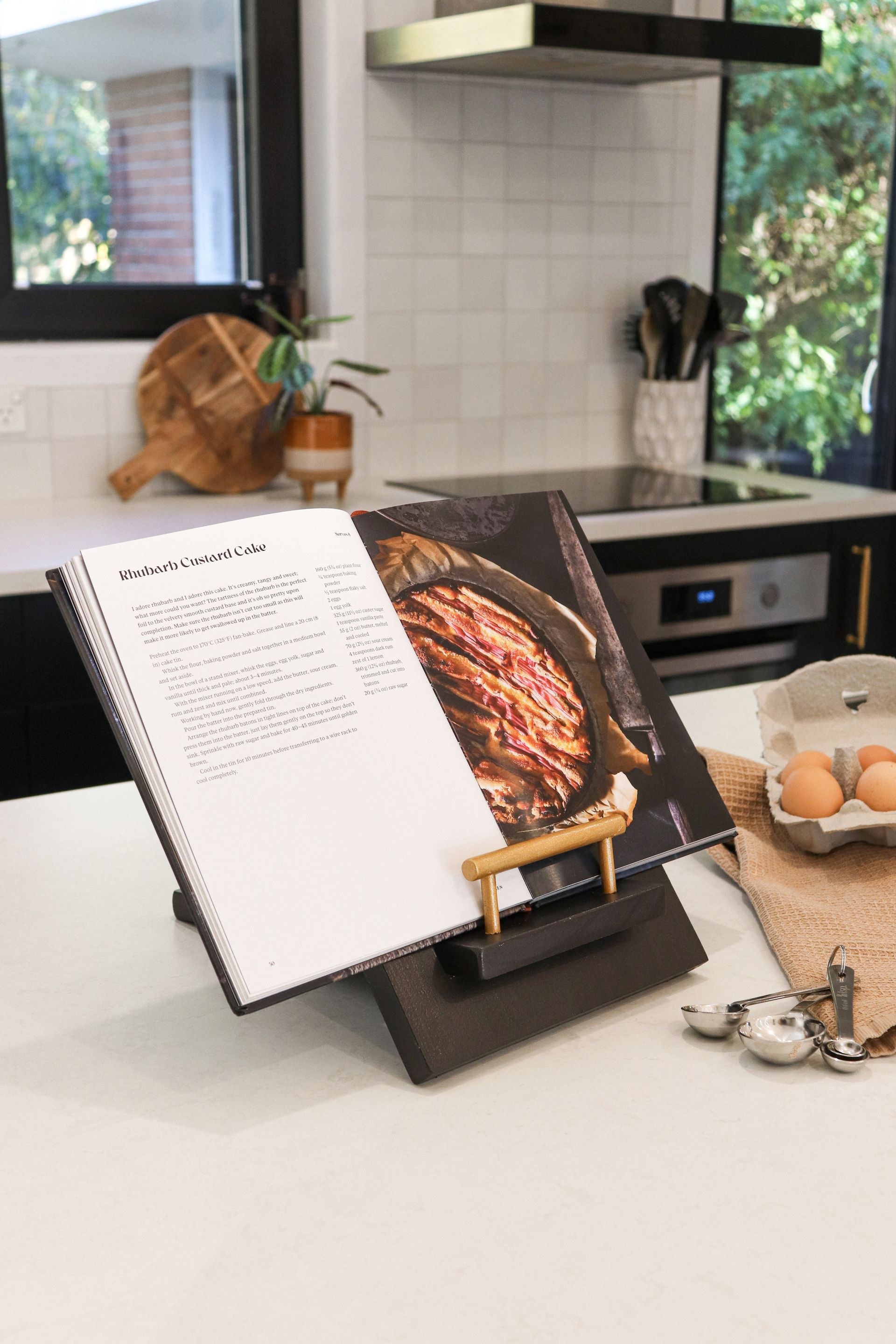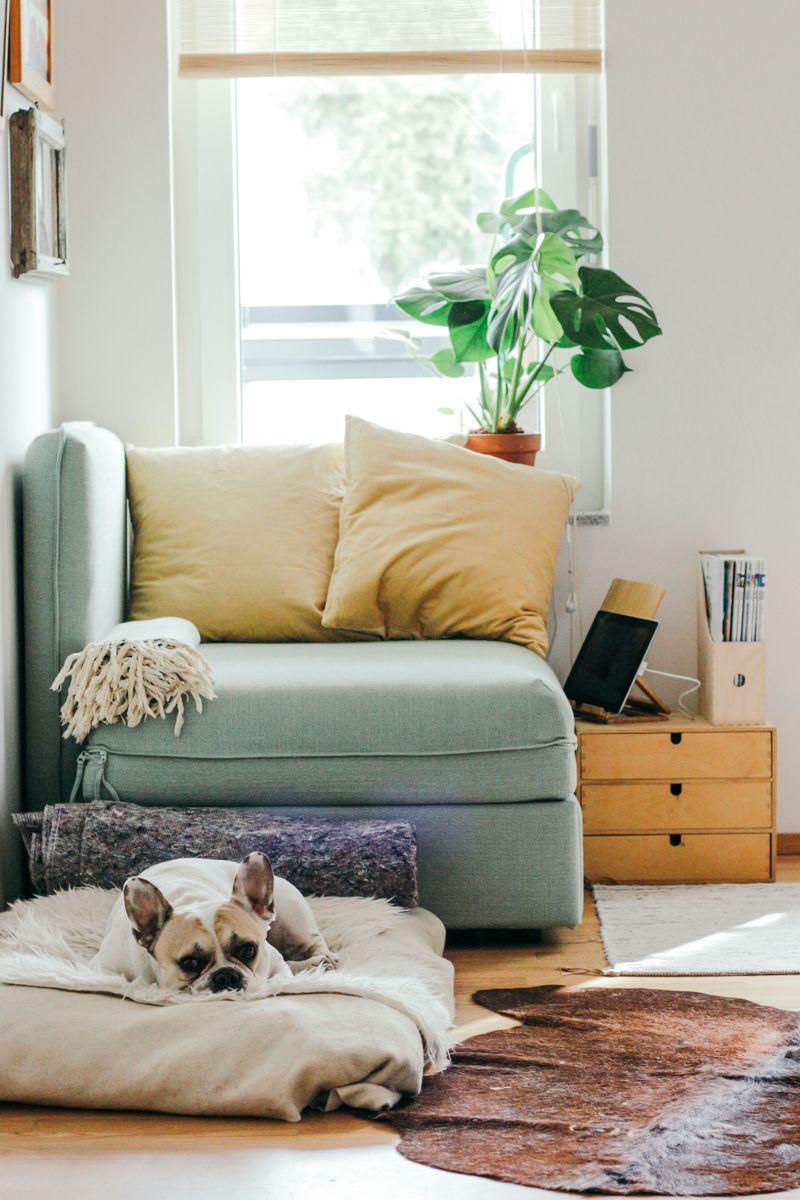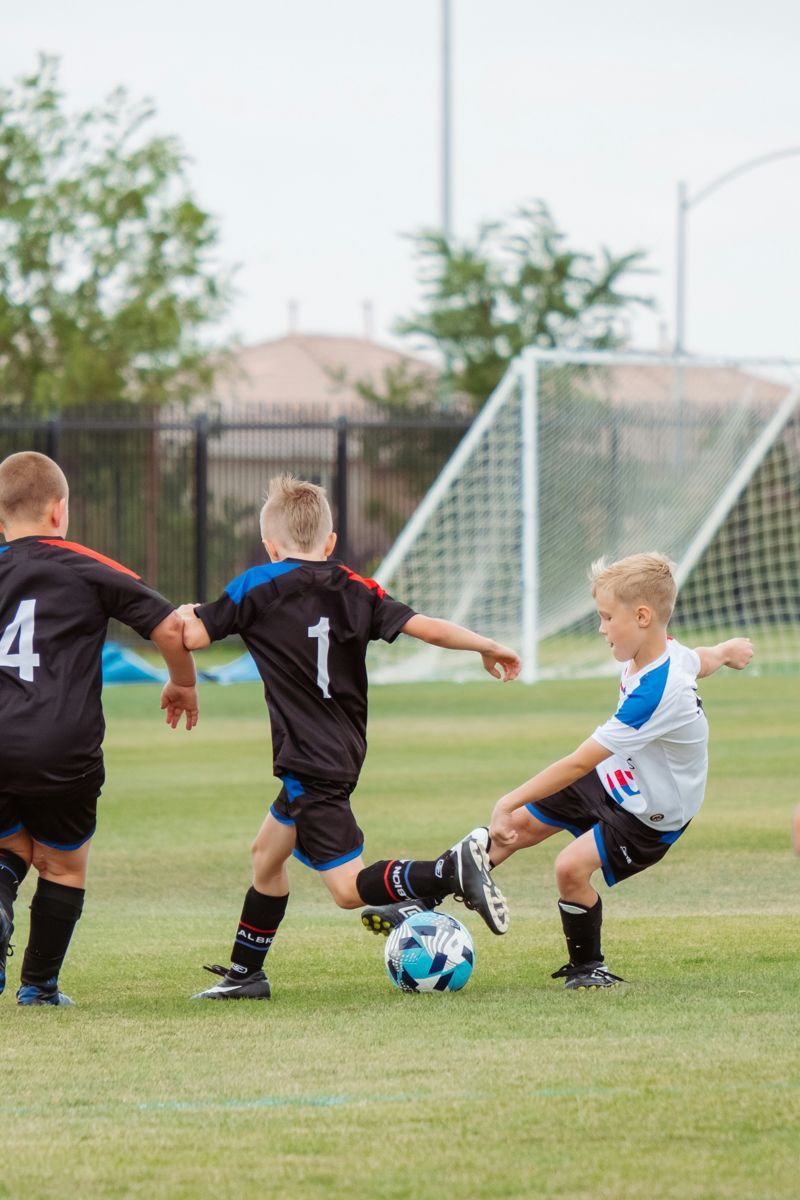The founder of Pegasus Bay Winery and retired neurologist, Ivan Donaldson, shares his thoughts on Canterbury wine, medical progress, and staying happy and healthy.
Pegasus Bay, which celebrates 30 years of winemaking this year, is one of Canterbury’s top-rated wine producers, having garnered numerous national and international accolades. However, if it weren’t for a chance gift, Pegasus Bay founder Ivan Donaldson may never have started.
‘I became interested in wine as a final-year medical student,’ explains Ivan, who retired a few years ago after a successful second career as a professor of neurology and neurological consultant. ‘I had come to Christchurch as a final-year medical student in 1966 and my then-girlfriend [now wife] Chris gave me a book for Christmas, Wine, by Hugh Johnson. That immediately sparked my interest and I fell in love at that time, not only with my wife but with the concept of wine. You could grow this plant, you could make this wine, and it would speak of so many different things, of its variety, of its place, of its maker, everything, and that’s what fascinated me.’
Ivan and Chris made their first wine, on a very small scale, in 1967, from grapes grown in her family’s Christchurch garden. New Zealand table wines made from classical European winemaking grapes at that time were virtually non-existent. The French had started small vineyards on Banks Peninsula after they arrived in Akaroa in 1840, but these had all died out. Older readers may remember Cold Duck and Pink Pearl from the ’60s and ’70s. Sherry and port were also popular fortified wines.
‘The height of fashion in those days was Bakano, which initially was just a mixture of any red grape you could get your hands on. A lot of grapes that went into wine in those days were grown from American hybrids, which were relatively easy to grow but produced poor wine. It wasn’t until the mid-1960s that the first Vitis vinifera, European wine grapes, started to produce wine in Hawke’s Bay and further northwards.’
People thought it was far too cold to grow grapes in the South Island. How wrong they were! New Zealand was about to undergo a wine revolution. Montana planted their first grapes in Marlborough in 1973 and became a huge producer. Today, 85 per cent of New Zealand wine comes from the South Island, because it has shown to produce cool climate wines which this country excels in, explains Ivan.
‘At Pegasus Bay we are particularly good at Pinot Noir and Riesling,’ he says. ‘But Chardonnay and Sauvignon Blanc grow equally as well here, as do a variety of other grapes. We also produce a Merlot Cabernet, and [traditionally] it would be said to normally be too cold here for that.’
The Amberley and Waipara area enjoy a special microclimate. ‘We are virtually midway between Marlborough and Martinborough – which are at equal latitude – and Central Otago. Marlborough is all about Sauvignon Blanc; Central Otago is all about Pinot Noir; and we’re right smack in the middle. I think we have that niche where we can feel comfortable with a range of wine styles.’
Frost is always a challenge but the rewards can be worth it. ‘Being on the edge has that certain excitement, certainly from the vintner’s point of view, and produces wine with much more tension between the ripeness of the fruit and the acidity, which is an exciting element to the wine. Not necessarily high acidity, but it’s crisp. If you get too much ripeness, it becomes blowsy, a bit fat, a bit opulent, and it loses that edge of excitement.’
Pegasus Bay Winery celebrates 30 years of winemaking this year. It has consistently earned top accolades, both in New Zealand and internationally.
Photo David Killick.
Founder of Pegasus Bay and retired neurology professor Ivan Donaldson has seen big changes in both medicine and New Zealand’s winemaking industry during his career. Photo David Killick
Starting the winery, having four sons (Matthew, Michael, Edward and Paul), and working in a medical career required a considerable balancing act. ‘It was pretty busy, as you can imagine, and my wife’s plea was don’t give up your day job because we need it to finance what we’d started. First off, we got together with a group of friends and we planted a small vineyard in Halswell with my old friend, the late Sir Don Beaven, and I was the winemaker for the vineyard. After 10 years or so, Chris and I decided that we wanted to go professional and we started Pegasus Bay.
‘When we came here it was all farmland and in front of where the winery is now was a marshy gully full of gorse, broom, briars, you name it. That was all cleared by Chris.’
Chris helped design the restaurant and winery, and did the landscaping and the initial development of the vineyard. ‘She drove it. She said I had a dream and I dispatched her to do it. That’s what she was very good at and remains very good at – organising, getting things done – much more than I am.’
Meanwhile, Ivan’s fascination for neurology continued. Ivan recounts his adventures with both neurology and wine in his autobiography, The Truant From Medicine. ‘Most neurologists are fairly pernickety people; they like to have things well done and organised because their brain works that way. I was fascinated by the workings of the brain, its relationship to the mind, and the conditions, the illnesses that it had, the problems that it solved.’
Neurology is not just the brain, however. ‘It’s the nerves, it’s the motor and sensory systems including the muscles.’
Ivan’s career took him from Dunedin to Christchurch and Auckland, and then to London with a Commonwealth medical fellowship to study neurology at Queen Square, the only hospital in Britain which has a neurology institute. He then went on to the Institute of Psychiatry, where he worked with David Marsden, a leading light in moving disorders, which Ivan then specialised in. He is the author of Marsden’s Book of Movement Disorders and is on the board of the Christchurch-based New Zealand Brain Research Institute.
Over his career, spanning the late 1960s to 2010s, Ivan witnessed many medical advances. ‘Oh, very much so. When I was training at Queen Square, there was the first CT brain scan in London, in fact in Britain, and the third constructed in the world, and you could at last see pieces of the brain without slicing the brain, without actually having invasive tests. MRI, or Magnetic Resonance Imaging, came in … and the genetic analysis of disorders. It’s a privilege to see what’s happened on my watch.’
The brain is not such a mystery as it once was. ‘We actually know more about the brain than we know about most other organs because there is more to know. It’s the most complex organ, or set of organs and systems, in the animal kingdom, not only in mankind, so there’s more to know about it than, for example, those other organs and structures.’
A question on wine and health immediately springs to mind: How does wine affect the brain? Is it good for you? ‘Well, is happiness good for you?’ Ivan replies with a smile. ‘I think it is. There’s no doubt that wine has a relaxing effect, in moderation, and there is no doubt that it is a socialiser. Of course, we know all about the ill effects of alcohol but we sometimes don’t consider the good effects of wine. There’s a whole raft of evidence showing that generally speaking, the health of wine drinkers is better than the health of drinkers of other alcoholic beverages. So, the question arises: Is it actually due to the wine drinking? There have been studies done out of the US, UK, continental Europe, consistently showing that the health of wine drinkers is better than the health of beer and straight spirit drinkers.’
Those other drinkers may have a different lifestyle; nevertheless, it seems to be a common theme. ‘It is often said that wine is a drug. Drugs in fact have receptors in the brain – there are cannabinoid receptors, amphetamine receptors, and caffeine receptors in the brain, but this is quite different with wine; wine is also actually a food, it’s metabolised in the body to produce energy. Wine has been used in Europe all this time over thousands of years as a food and it is consumed with food, and my view is that is the real place of wine. Wine as a beverage, rather than as a food, is really a modern invention; it’s a New World invention to drink wine without food, and I think myself that its main place is at the table or with a meal.’
All four sons are actively involved in the winery. Ivan also enjoys opera and singing. ‘I have never been a good singer – I have trouble singing in tune – but I really enjoy classical music and my wife Chris, as well as organising, planting, and running the vineyard for many years, was on the board of Canterbury Opera. It existed for 20 years here in the city, and it put on two or three operas a year, and it’s been very important in our lives; she’s sung in choirs and I really love choral singing as well. ‘We read of course, and I like walking, I like cycling.’ Staying healthy? ‘You do your best.’
Sadly, Pegasus Bay’s award-winning restaurant was forced to close last year because of the lack of tourists after Covid. However, the 2021 harvest is shaping up well. After a spring frost last year, which resulted in a lower crop, the weather didn’t heat up until mid-February. Then came a long Indian summer with high temperatures. ‘They produced absolutely perfect ripening, so the low yields mean there’s very good concentration in the wine and we’ve got very ripe fruit flavours, and yet we’ve got good retention of natural acidity, so everything’s in balance and the wines are looking pretty fantastic. And as this is our 30th vintage, it’s going to be very exciting for us.’
The first 2021 wine, a Riesling, is likely to be released in 18 months’ time, followed by a Chardonnay, and finally the reds in about three years’ time. ‘It’s looking like a very good year; it’s looking like a really exceptional year,’ says Ivan with quiet pride. Cheers to that!
Recent stories



All Rights Reserved | CountryWide Media





